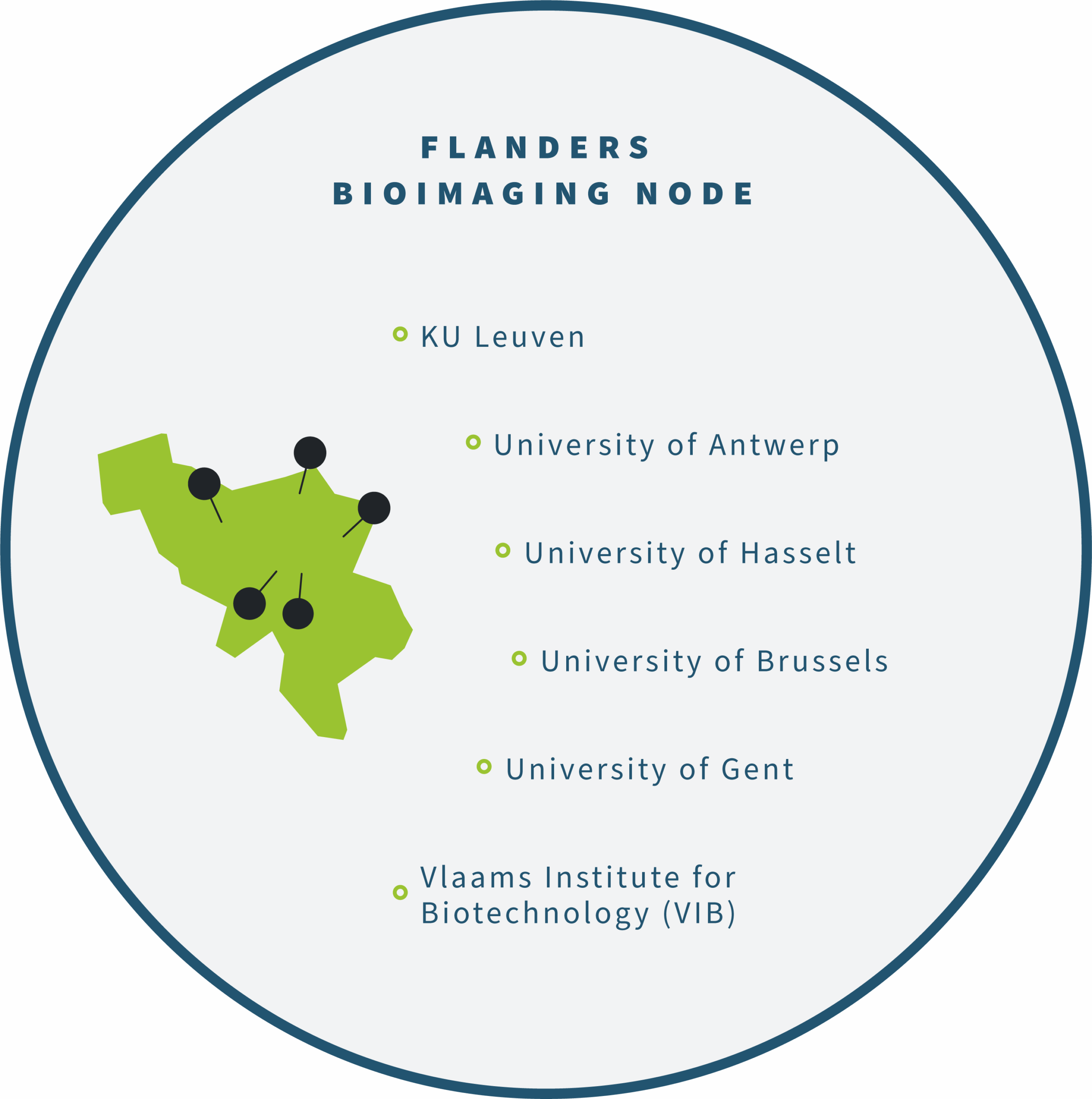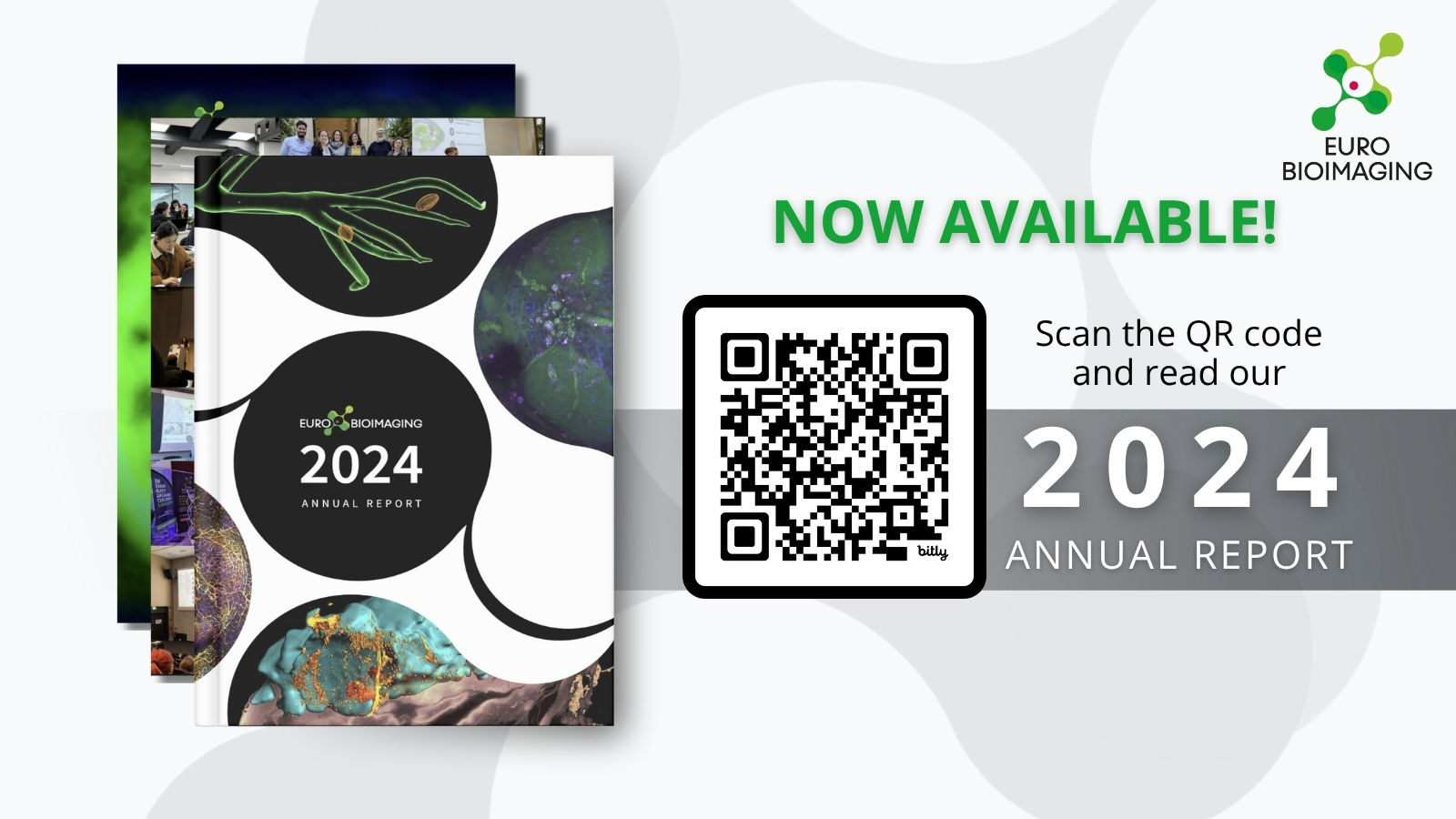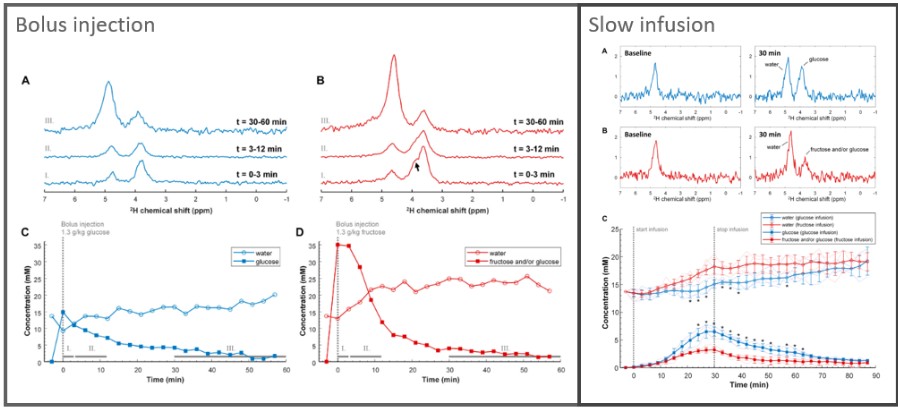
Image data services interview at the Population Imaging Flagship Node Rotterdam
Expertise on imaging data and image analysis is essential for integration, testing and validation of image-related technologies for health (e.g., AI-based technologies). The Population Imaging Flagship Node’s Imaging Office is part of the European Population Imaging Infrastructure, embedded in the Erasmus MC department of Radiology & Nuclear Medicine. It offers support for all medical imaging-related questions by clinicians, scientific researchers and companies. To learn more about the Population Imaging Flagship Node’s expertise and services with regards to Image Data Analysis (IDA), we spoke to Aad van der Lugt, Esther Bron and Stefan Klein.
What type of image data services do you and your team offer?
Aad van der Lugt: The Erasmus MC Imaging Office supports medical imaging-related projects from the planning to the execution phases, and targets external parties that would need access to medical imaging data, image analysis software and radiological expertise. This includes service and support related to acquisition of imaging data, data management and storage for medical images, coordinating projects with imaging data, connecting to the right imaging-related expertise, setting up studies with imaging data, validation of existing and new image analysis techniques, all the way to development and application of automatic techniques for high-quality image analysis.
The Imaging Office offers these varied services at a central place. The type of Imaging data here includes, but is not limited to: MRI, CT, Ultrasound, X-ray, PET, and SPECT. We specialize in radiomics and oncology, brain tissue segmentation and quantification for neurodegenerative diseases, software for manual and automated brain lesion segmentation, and brain perfusion and diffusion analysis.
What is a typical project like?
Esther Bron: Typical projects at our facility can vary a lot based on the types and number of services requested, project duration, etc. Let me tell you about two recent projects that we worked on. The first one was with users from Amsterdam UMC and UMC Utrecht. It was a long-term project that started in 2014 and lasted 5 years. It involved a multi-center prospective cohort of patients with vascular cognitive impairment, carotid occlusion, heart failure and a reference group. The Imaging Office set up a centralized infrastructure for data quality ascertainment, storage and analysis, including advanced (semi-automatic) heart, vascular, and brain image analysis pipelines. We obtained conventional brain imaging biomarkers and manual labels for the baseline dataset (N=566) and the 2-year follow-up (N=349). This included visual analysis by neuroradiologist, manual infarct segmentation, automatic global/lobar/regional volume quantification, arterial spin labeling (ASL) MRI analysis, phase-contrast MRA flow analysis, resulting in a total of 1811 brain MRI variables for each participant. This study resulted in several nice publications (Cerebral blood flow and cognitive functioning in patients with disorders along the heart-brain axis, Alzheimer's & Dementia: Translational Research & Clinical Interventions, 2020, full reference below)
The second project was a shorter one, lasting only two years. The idea was to study cognitive decline in Older Patients with End stage renal disease (COPE) in collaboration with a user from LUMC, Leiden/NL. In this case, the Imaging Office performed automatic analysis of brain volumes, white matter hyperintensities and quantification of cerebral blood flow from ASL-MRI. (Circulating angiopoietin-2 and angiogenic microRNAs associate with cerebral small vessel disease and cognitive decline in older patients reaching end stage renal disease , Nephrology Dialysis Transplantation, 2020, full reference below)
How do you manage large Image datasets?
Stefan Klein: Data handling and management is always the most complicated part of a project since clinical data is often heterogeneous and not so easily accessible. So typically, data has to be organized, anonymized, cleaned-up and structured and then made accessible to our teams by storing in a common place. Only then can we start the fun part.
To manage data, we use XNAT - it’s at the core of all of our research. We have developed a Python toolkit to communicate with the XNAT data called XNATPY. We’ve also developed an automated workflow engine for streamlining large-scale automated image processing, called FASTR. And we have validated pipelines for selected imaging biomarkers and development of AI models. In addition, we are able to provide access to XNAT through our server to a third party as an imaging analysis service.
We can also provide access, training and support to any of the above-mentioned open source software as part of the image analysis service we offer.
How can we get started?
Esther Bron: Anyone interested in accessing Image Data Analysis services offered by Population Imaging Node can apply via the Euro-BioImaging portal. The users can then fill a standardized request form that specifies the available services related to imaging data, analysis and processing. Upon receipt of the filled request form by the Euro-BioImaging Population Imaging Node, the requester receives a confirmation and an intake will be planned with several Imaging Office representatives. In the intake meeting, an inventory will be made of the requested services (including data availability, storage, processing, quality assessment and preferred outputs) and whether it would be possible and feasible to meet the requirements. If necessary, other stakeholders could be involved in making this decision. After the Imaging Office has decided on the feasibility of the project, a budget for the requested services will be made. Based on this budget and the plan drafted in the intake meeting, the requester can decide to continue with the services or not. In case of research, the costs may be part of a grant application. The Imaging Office will coordinate and monitor the execution of the service project.
Learn more about this Nodes’ services by watching the video with Stefan Klein:
References:
A.E. Leeuwis, A.M. Hooghiemstra, E.E. Bron, S. Kuipers, E.A. Oudeman, T. Kalay, H.P. Brunner-La Rocca, L.J. Kappelle, R.J. van Oostenbrugge, J.P. Greving, W.J. Niessen, M.A. van Buchem, M.J.P. van Osch, A.C. van Rossum, N.D. Prins, G.J. Biessels, F. Barkhof, W.M. van der Flier, on behalf of the Heart-Brain Connection consortium, Cerebral blood flow and cognitive functioning in patients with disorders along the heart-brain axis, Alzheimer's & Dementia: Translational Research & Clinical Interventions, 2020
R. Bijkerk, M.H. Kallenberg, L. Zijlstra, B.M. van den Berg, J.H.J.M. de Bresser, S. Hammer, E.E. Bron, H.C. Achterberg, M.A. van Buchem, N.C. Berkhout-Byrne, W.J.W. Bos, D. van Heemst, A.J. Rabelink, A.J. van Zonneveld, M. van Buren, S.P. Mooijaart , Circulating angiopoietin-2 and angiogenic microRNAs associate with cerebral small vessel disease and cognitive decline in older patients reaching end stage renal disease , Nephrology Dialysis Transplantation, 2020
More news from Euro-BioImaging


